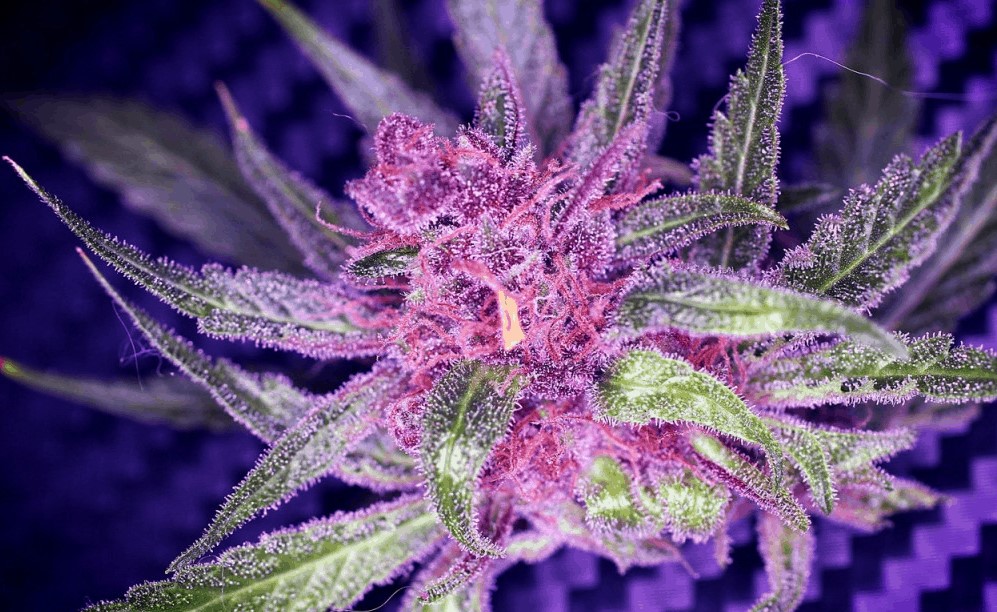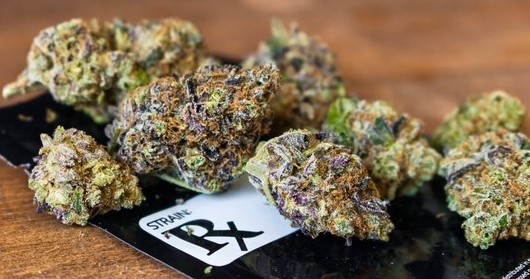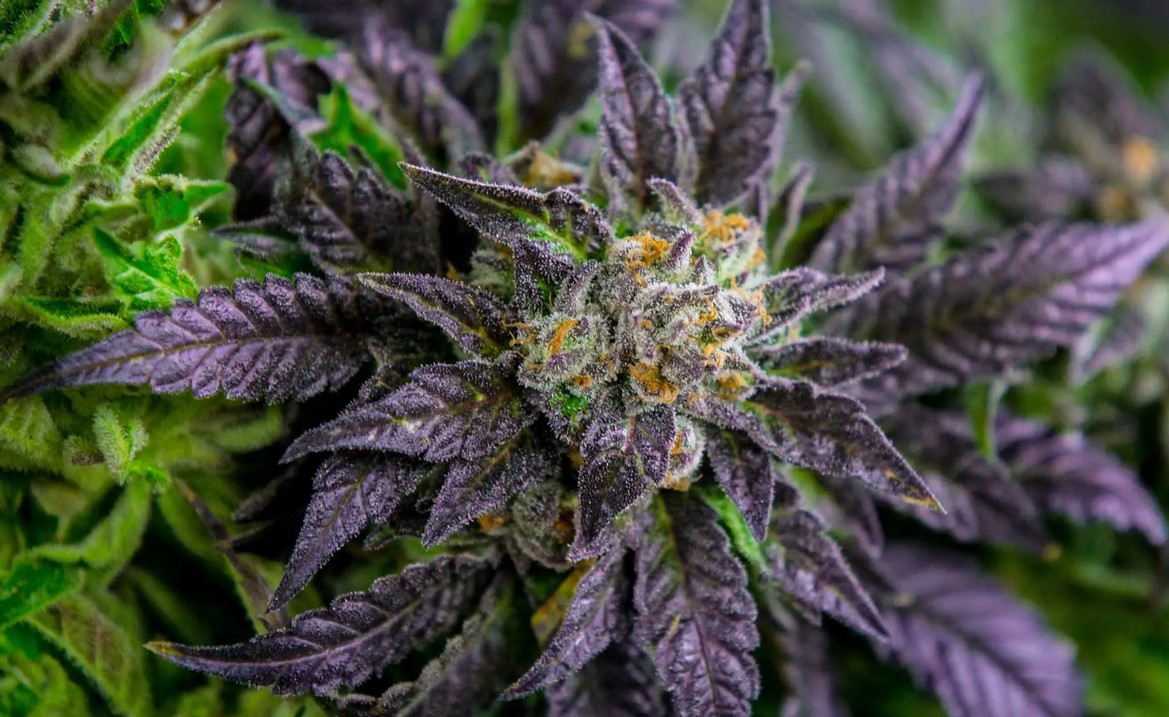Non classé
What’s The Deal With Purple Weed?
On the other hand, purple herbe is commonly regarded as everyone’s holy grail these days. They’re doing all kinds of strange things to get it. Is there any extra benefit to the purple hue, or is it simply a fad? Is it even feasible to achieve the sought-after purple color by adding anything else, removing anything from the equation, or altering the growing environment?
Last but not least, we’ll address those queries and others in this essay.
Popular Purple Weed Strains
- Purple Haze
- Purple Kush
- Purple Trainwreck
- Granddaddy Purple
- Blueberry Kush
- Blackberry
Myths About Purple Weed
Purple weed is frequently misunderstood. The majority of people’s beliefs about purple cannabis are focused on how the distinctive color comes into being when it’s grown. Here are a few of the most widespread misconceptions:
Oxygen Deprivation
Yes, if you hold your breath for too long, you might turn blue; however, this does not apply to marijuana plants. The myth that depriving cannabis of air causes it to turn purple is incorrect. Marijuana requires oxygen in order to live; therefore, restricting the amount of air available to it will only limit its development rather than causing it to become purple.
Carbon Dioxide Deprivation
Carbon dioxide, like oxygen, is required for the adequate development of most plants. A cannabis plant that is deficient in carbon dioxide will not thrive. Cannabis plants deprived of air are only unhealthy as a result of this; they don’t turn purple.
That is just common sense. Only making a plant (or any other living thing) unhealthy by denying it of the necessary nutrients to thrive is ridiculous.

Nitrogen Overload
Although it may seem counterintuitive, more is not always better. Plants require nitrogen to develop, but too much nitrogen can harm them and make them sick. Too much nitrogen will not turn a marijuana plant purple; instead, it will cause the plant to brown. Not what you want at all.
Altering The Light Cycle
Even if you put these together, they won’t make your cannabis purple. Plants require a specific quantity of light each day in order to thrive. You’ll just wind up with sickly plants rather than purple ones if you tamper with the lighting schedule.
Changing The Growing Medium
No, it won’t make your marijuana purple. Plants utilize the nutrients in the soil to develop, so changing their composition or quantity isn’t going to alter the color of the plant.
Varying The Amount Of Water
No, yet again, no. Plants are used to receiving varying amounts of water. If they don’t get what they require from the soil and the surrounding air, they can obtain it from other sources. Some plants may go without direct watering for days or even weeks at a time. Marijuana is no exception; it grows in the wild and must deal with various quantities of water on a daily basis, yet it does not become purple as a result. Varying the amount of water will not cause purple buds to sprout miraculously out of nowhere.
You may probably guess from the preceding paragraphs that too much or too little of a critical component won’t result in purple buds. It will just make your cannabis unhappy and sick.
So, how do you make purple marijuana? A fantastic question. But first, let us explain the science behind why weed becomes purple.
The Science Of Purple WeedFlavonoids
Flavonoids are a type of plant pigment. Plant pigments work together with other chemicals to give plants their unique and varied color. Quercetin, carotenoid, and kaempferol are examples of common flavonoids. Flavonoids get their name from the Latin word “flavus” (yellow) because they usually have a yellow hue. Contrary to how it sounds, flavonoids have nothing to do with taste.
The anthocyanin that has the most bearing on this purple marijuana debate is the pigment.
Anthocyanin
Anthocyanin occurs in red, purple, or blue hues depending on the acidity of the soil. The plant becomes red if the pH is more acidic. If the pH is more alkaline (toward the base end of the scale), the plant appears blue. If the pH is neutral (in between acid and base),
During the majority of the growing season, anthocyanin is lost to stronger, greener chlorophyll. That’s why most plants are green in the spring and summer: chlorophyll is more prominent. And this isn’t by chance. Green dye serves a purpose; it absorbs more solar energy than other hues.
In the autumn, when chlorophyll is broken down, the anthocyanin (and other flavonoids) no longer have to compete with the green. This results in beautiful yellows, reds, oranges, and even purples that signal the approach of winter.
The colors don’t exist just to look pretty; they have a purpose. In this instance, the brilliant hues that are visible during the fall months attract more bugs, which helps with pollination. It’s basically the plant attempting to make itself more appealing in order to reproduce.
Whether a plant’s leaves become red, yellow, orange, or purple is largely determined by its genetics. The amount of one flavonoid or the other present in a plant is governed by its genetics. Trying to force a marijuana plant to turn purple will not succeed unless the traits are already there. Understanding where a plant’s purple color comes from and when it is more likely to appear can help us achieve the purple weed that so many people desire. But first, let’s look at some of the possible advantages it may provide before we get into how to grow purple marijuana.

Benefits Of Purple Weed
The majority of the publicity surrounding purple marijuana is completely manufactured. Purple herbs and multi-colored weeds are not significantly distinct (e.g., Fruity Pebbles) in reality. Any additional advantages claimed by cannabis consumers regarding purple weed are more likely due to altered perceptions or the souche itself. It has nothing to do with the hue.
However, anthocyanin has been shown in studies to be a potent antioxidant that can be found in grapes, blueberries, and raspberries. High amounts of these antioxidants have the ability to reduce inflammation in the body. As a result, foods like purple weed and perhaps purple marijuana may be used with success by persons suffering from fibromyalgia, arthritis, or other inflammatory diseases. The science behind purple weed hasn’t been studied enough yet to confirm this notion beyond a doubt; however, because of the anthocyanin present in purple-colored foods, it’s very probable that there are health advantages.
How To Grow Purple Weed
The genetics of the plant and temperature have a significant influence on whether marijuana turns purple during its development cycle. Here’s how they work.
1. Get The Right Seeds
It’s the presence of anthocyanin that determines whether purple is feasible in a plant. If a strain’s genetics include carotenoids rather than anthocyanins, the color will be more yellowish. Nothing you can do will help matters. It’s like trying to grow a tomato plant and expecting it to produce kiwi. It just won’t happen.
The first step in producing purple weed is to germinate seeds with a leaning toward purple (i.e., contain anthocyanin). Check out our most popular strains below, but Purple Haze and Sour Grape are great options for creating the coveted purple hue.
2. Mimic Fall Temperatures
In the fall, plants change color as a result of drops in temperature from their summer highs. As a result, your best opportunity for creating purple weed is to imitate these fall temperatures and give the anthocyanin time to operate.
During the flowering stage, reduce the temperature below 50 degrees Fahrenheit during the nighttime cycle to help break down the chlorophyll and make the anthocyanin more active. Done consistently, these lower temperatures can produce a purple coloring a few weeks before harvest.
Final Thoughts
Under the proper conditions, various cannabis strains are born purple. If you cultivate one of these strains, it will reward you with a gorgeous show of leaves at harvest.
However, no matter how hard you try, most strains will not and will not turn purple. In these circumstances, you are more likely to harm your plants rather than alter their color. As a result, it’s best not to try anyhow.
Purple weed is undeniably stunning, and no one can dispute that. So, if you’re tired of green and want to do something unique, why not try growing purple cannabis? Tell us how it goes!


